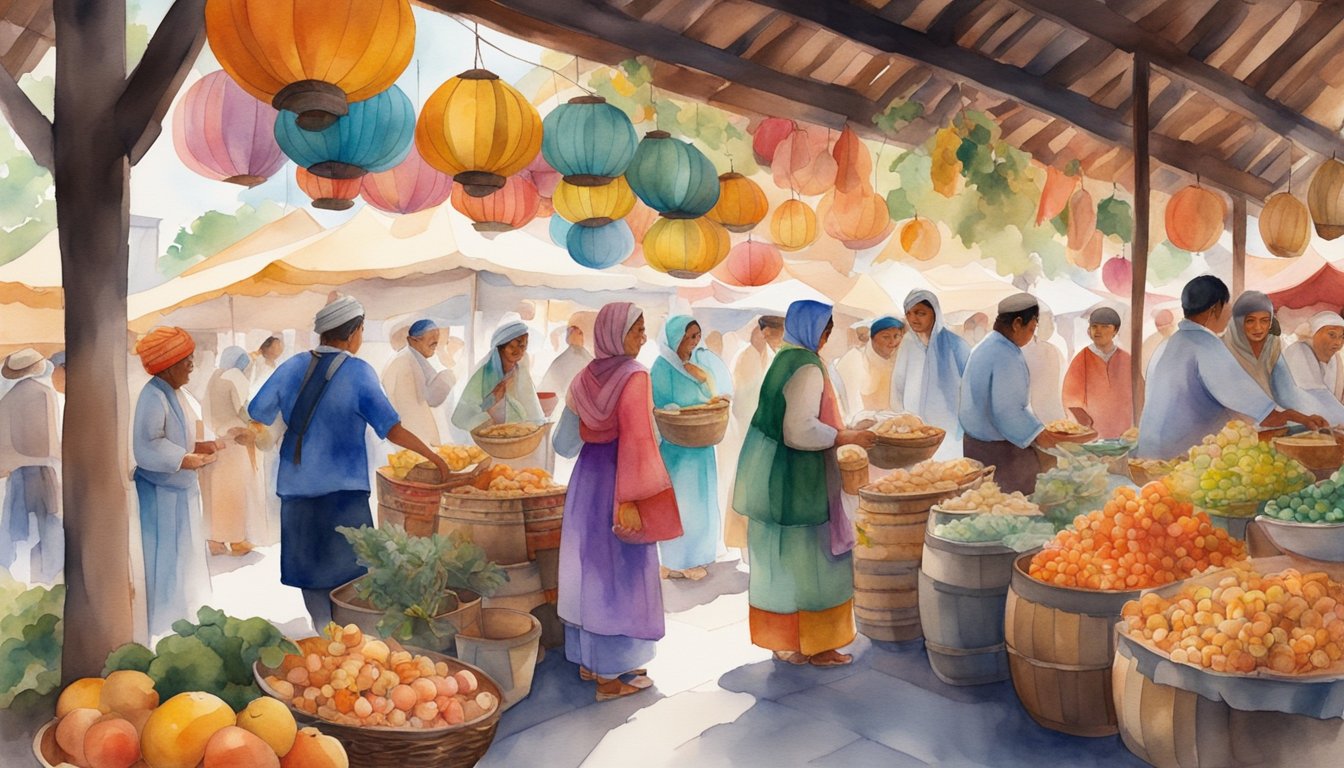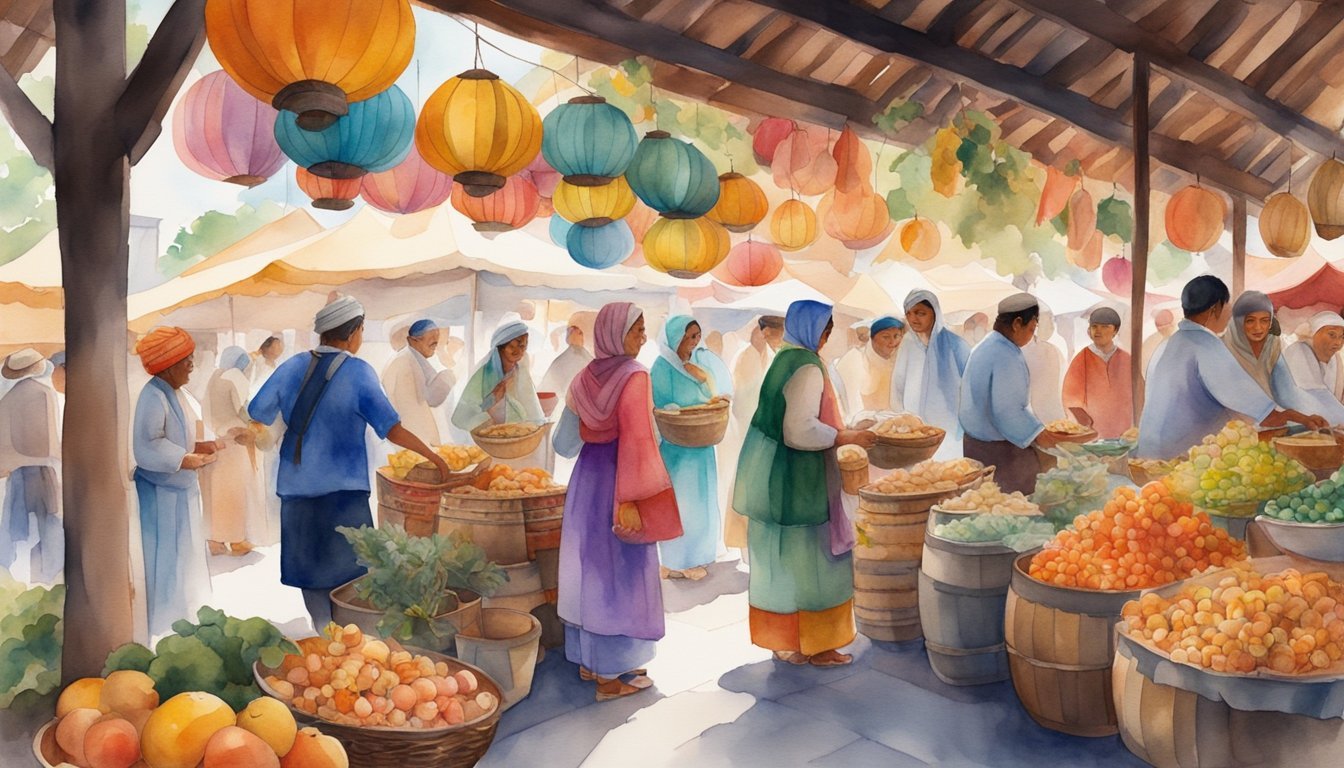Understanding Culture
Definitions and Scope
Culture is a complex concept that encompasses the shared patterns of behaviors, interactions, cognitive constructs, and affective understanding among a group of people. These patterns are learned through socialization and serve to identify members of a culture group while distinguishing them from other groups (University of Minnesota). Culture is essential for the functioning of human society and comprises both material and nonmaterial aspects. The material aspects include objects, tools, and physical structures, while nonmaterial aspects involve values, beliefs, systems of language, communication, and practices (ThoughtCo).
Components of Culture
- Values: The deeply-rooted principles that help people determine the importance and priority of various aspects of life. Values guide human actions and behaviors.
- Beliefs: The convictions and understanding held by people regarding various aspects of their world, which may or may not be supported by evidence.
- Attitudes: People’s perspectives and evaluations of themselves, others, or objects based on their values and beliefs.
- Practices: The ways people behave and interact with each other, manifesting their values, beliefs, and attitudes in daily life.
- Norms: Established rules and expectations guiding behavior within a society or community, indicating what is considered socially acceptable or unacceptable.
Cultural Development and Transformation
Culture is not static; it evolves and transforms over time. People and societies adapt to new experiences and influences, leading to shifts in cultural practices and norms. Factors such as migration, globalization, advancements in technology, and exposure to other cultures can all contribute to cultural development and transformation (Britannica).
Understanding and appreciating cultural diversity is an essential skill in today’s interconnected world. By learning about various cultures and embracing differences, individuals and communities can become more culturally competent, fostering mutual respect, tolerance, and collaboration (Building Communities).
Expressions of Culture

Culture manifests in various forms, and this section highlights some aspects, such as language, art, and cultural institutions.
Language and Communication
Language is a fundamental component of culture, as it facilitates communication between individuals. Different languages, dialects, and regional expressions enrich a society and contribute to its cultural identity. ThoughtCo aptly mentions that culture encompasses the values, beliefs, and systems of language that people share and can use to define themselves as a collective.
- Languages: There are approximately 7,000 languages spoken worldwide, each reflecting the culture and history of the people who speak them.
- Non-verbal Communication: Gestures, facial expressions, and body language are crucial in understanding and interacting with different cultures.
- Writing Systems: Just as spoken languages vary, so do writing systems, such as Latin, Cyrillic, Arabic, and Chinese scripts.
Art, Music, and Literature
Artistic expressions, such as art, music, and literature, hold significant cultural value, enabling people to connect with their traditions and history.
- Visual Arts: Ranging from early cave paintings to modern street art, visual arts mirror the thoughts, experiences, and emotions of the artists and their respective cultures.
- Music: Every culture has unique musical styles and instruments, such as Indian classical music with sitars and tabla or West African music with djembe drums.
- Literature: Literary works, including poetry, novels, and short stories, capture a society’s values, beliefs, and emotions, preserving them for future generations.
Cultural Institutions and Practices
A variety of institutions and practices exist within societies, helping shape and maintain cultural identity.
- Religion: Spiritual beliefs and practices play a central role in many cultures, with temples, mosques, churches, and other places of worship as key cultural landmarks.
- Education: Educational systems and institutions transmit knowledge and values across generations, shaping cultural norms and expectations.
- Rituals and Traditions: Many cultures have rituals and traditions, such as marriage ceremonies, religious services, and food customs, that define and strengthen cultural bonds.
In summary, culture comprises various aspects like language, art, and cultural institutions, all contributing to a society’s unique identity. These expressions of culture have evolved over time, adapting to changing environments and human needs while preserving the essence of their roots.

